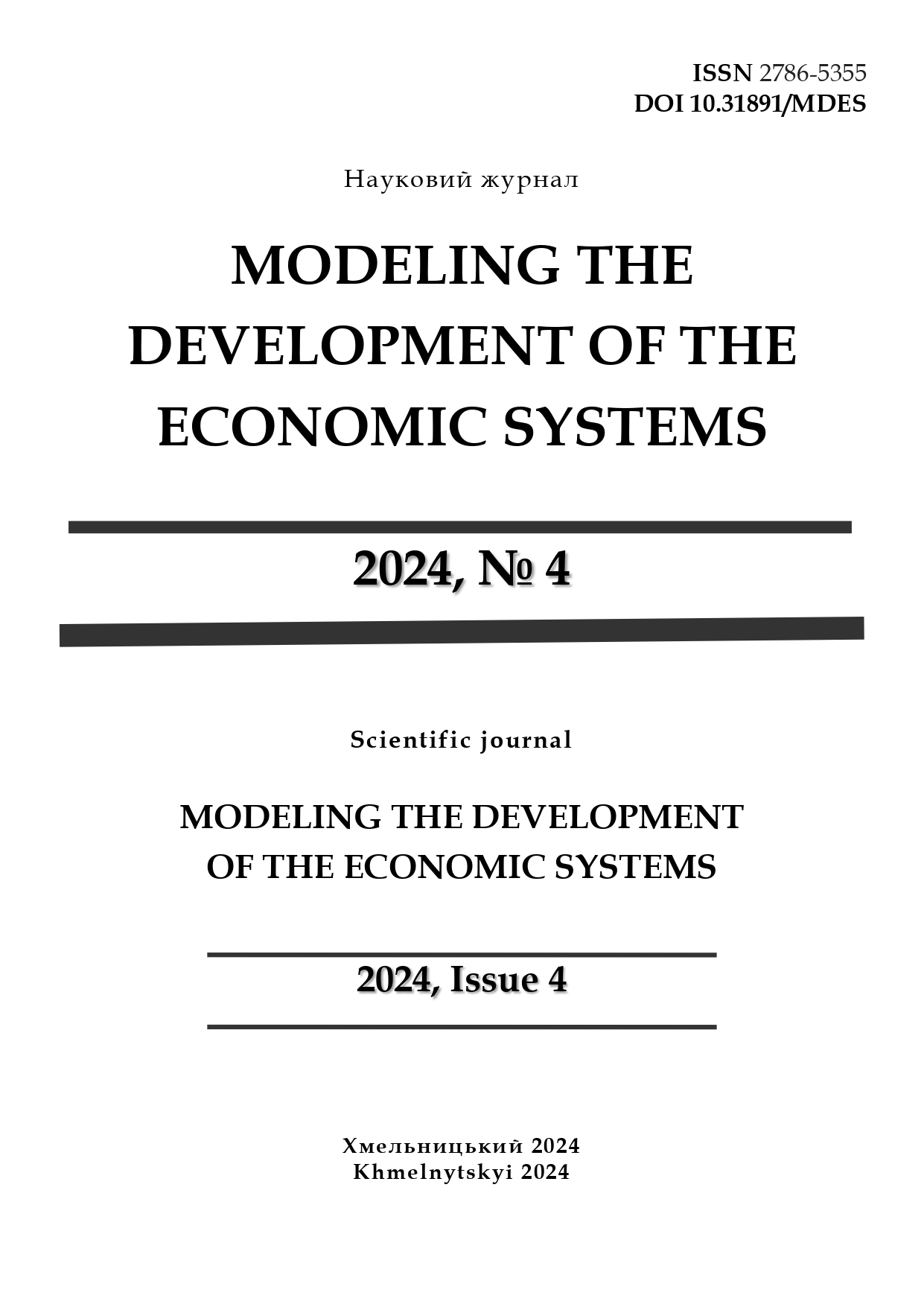DEMOGRAPHIC FACTORS AS A COMPONENT OF UKRAINE'S ECONOMIC SECURITY UNDER MARTIAL LAW: CHALLENGES AND THREATS
DOI:
https://doi.org/10.31891/mdes/2024-14-20Keywords:
demographic factors, economic security, aging, migration, demographic security, Ukraine, warAbstract
The article provides a comprehensive analysis of the current state and the impact of demographic factors on the economic security of Ukraine under martial law. The study encompasses key demographic indicators, including population size, age structure, birth rate, mortality, migration levels, and the dynamics of the working-age population. Particular attention is paid to the challenges arising from the decline in labor potential, the increase in demographic burden, and disruptions to the socio-economic balance. The findings reveal that demographic aging and mass migration exacerbate threats to economic security, notably through decreased labor productivity and increased social expenditures by the state.
In addition, the study highlights the relationship between demographic changes and economic processes, which shows how demographic changes directly affect labor market performance, social infrastructure and national resource allocation. The loss of a significant part of the working-age population due to migration and military mobilization leads to a significant decline in economic activity, creating additional challenges for post-war recovery. In addition, the increase in the dependent population intensifies financial pressure and requires the state to divert resources from development programs to social support measures. The study identifies key areas for policy intervention to reduce the negative impact of demography on economic security. This includes the implementation of measures to stimulate population growth, reduce migration and improve the standard of living of both the working-age and dependent population.
Overcoming these challenges will also allow Ukraine to strengthen its economic security system, strengthen the country's defense against external and internal threats, and begin to create a socio-economic foundation for the country's long-term socio-economic recovery and growth.




